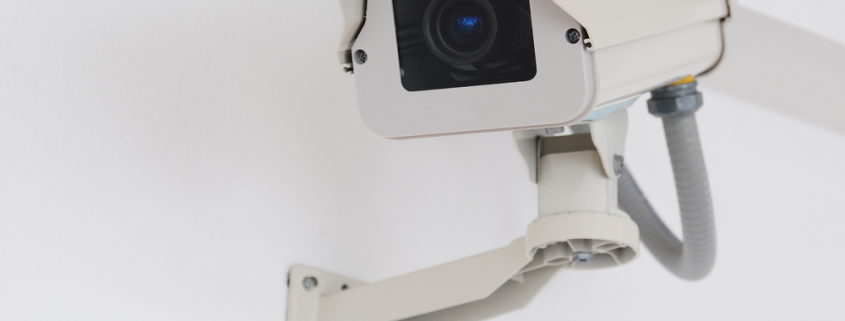Video Resolution: Why It’s Important When Choosing the Right Surveillance Solution
- Why Live Video Monitoring is a Game Changer for Property Management - November 12, 2024
- Boost Tenant Confidence with Advanced Video Monitoring - November 10, 2024
- The Future of Surveillance: Live Video Monitoring for Property Managers - November 1, 2024
As consumers, we want to buy the newest technology available, and for security cameras, that means Ultra High Definition. However, there’s more to finding the perfect security solution. It’s critical to factor in the total cost, including storage for the video footage when shopping for security cameras.
Video Resolution Basics
Video resolution refers to the pixels that fit on a television, computer, or camera screen. There are two numbers that represent the total number of pixels, and they’re presented in this format: 4095 x 2160. That means 4095 pixels horizontally and 2160 pixels vertically, and the total is the number of pixels that fit on a screen.
Television content in the 1980s and before was SD, standard definition. Over time technology has improved, so there are more TV resolutions available today. Some of the most common include:
- 640 x 680, SD, Standard Definition
- 1280 x 720, HD, High Definition
- 1920 x 1080, HD, High Definition
- 3840 x 2160, 4K, Ultra High Definition
How Do These Numbers Relate to Security Cameras?
Video footage was transmitted in analog at SD or lower before IP cameras arrived on the scene. Now that IP cameras compress and digitize footage at the camera and then transmit it via a computer connection, camera manufacturers can improve picture quality regularly. Today, camera retailers expect products with enhanced resolution every year. 8K is the emerging resolution technology, but the highest resolution for security cameras is 4K.
Before you decide right now that 4K is the right choice for you, consider the following information regarding network storage and bandwidth. We based these figures on one hour of video footage.
- SD-640 x 480 = 0.3 Mbps and 0.135 GB of storage
- HD-1280 x 720 = 1.0 Mbps and 0.450 GB of storage
- HD-1920 x 720 = 2.0 Mbps and 0.900 GB of storage
- 4K-4095 x 2160 = 9Mbps and 4.050 GB of storage
Now multiply by the number of security cameras you need to adequately cover your business, and 4K suddenly becomes cost-prohibitive for some buildings or facilities. When you add the cost of internet and storage for video surveillance, the cost further rises. So, the best camera for your business may not be 4K. You may need to reduce bandwidth if you have limited internet access. As your access to highspeed internet increases, you can expand your cloud storage and buy new security cameras with higher resolution and better picture quality.
For help determining the best video surveillance system for your business contact Security Instrument.
ABOUT SECURITY INSTRUMENT
From Fortune 500 to local SMB’s throughout the Tri-State area, Security Instrument integrates custom security systems to meet the needs of commercial clients.




